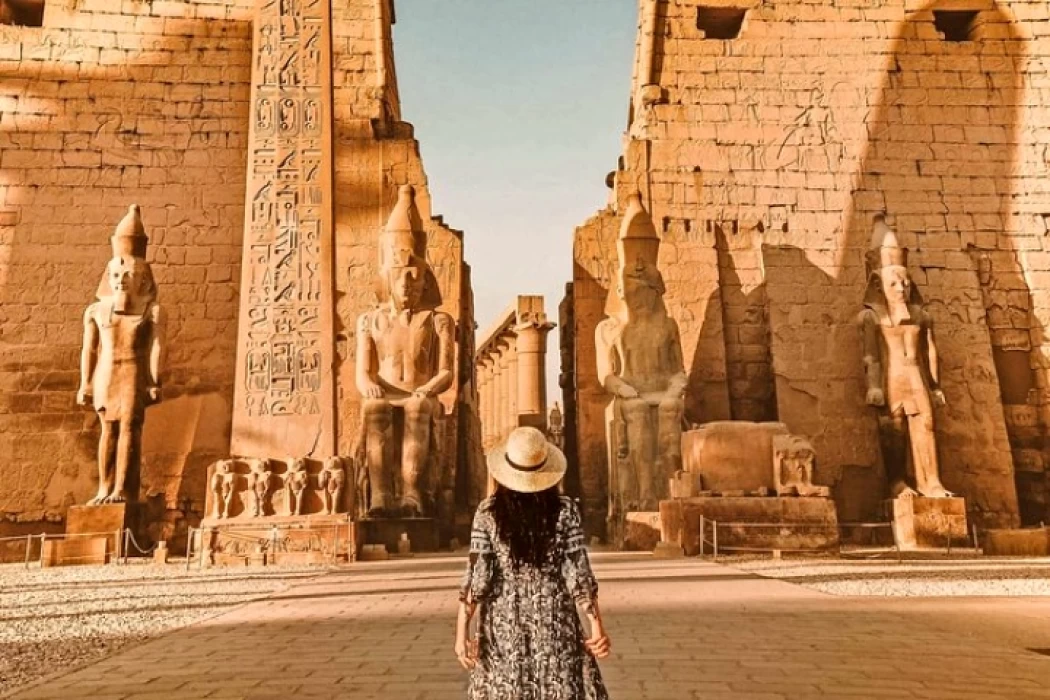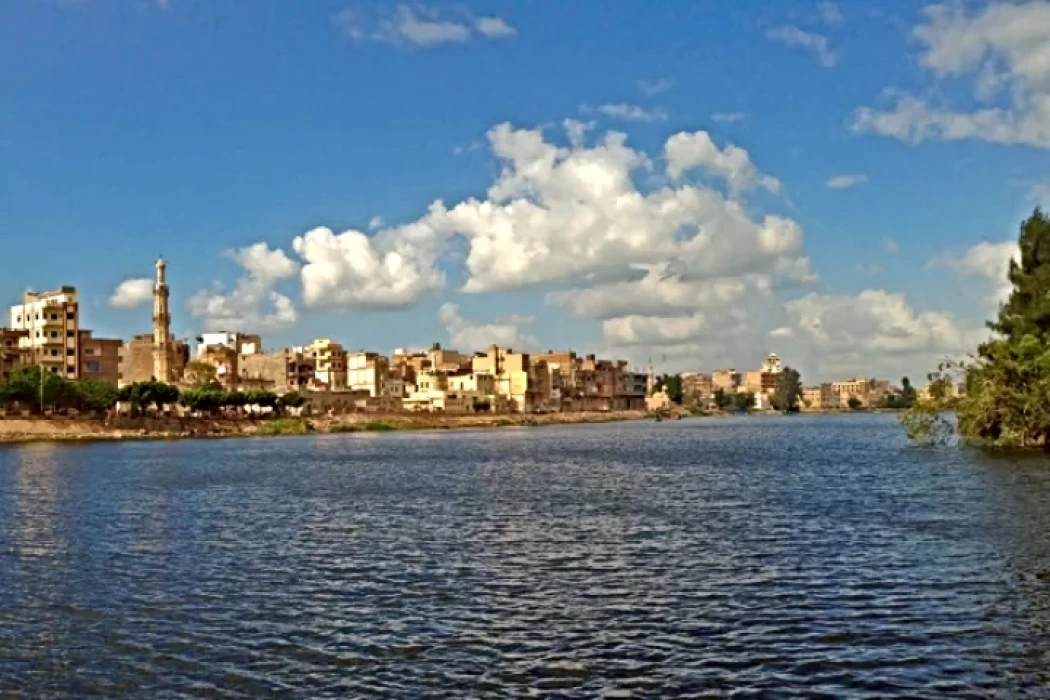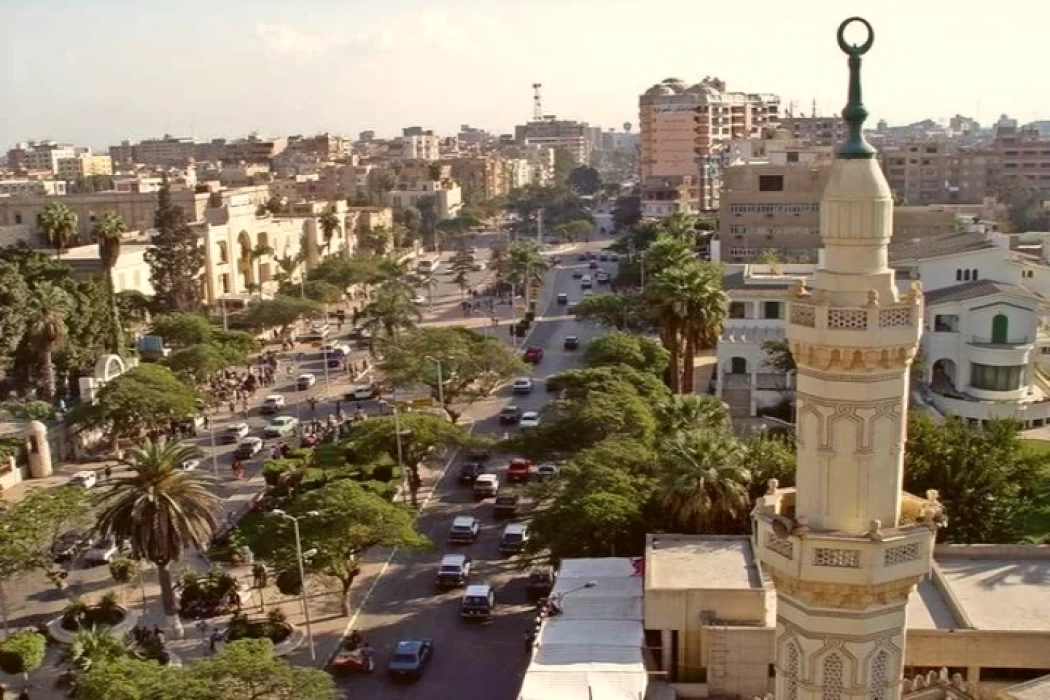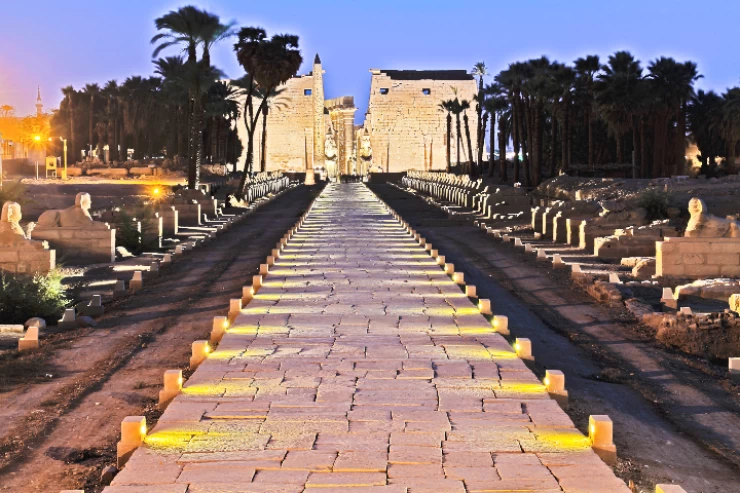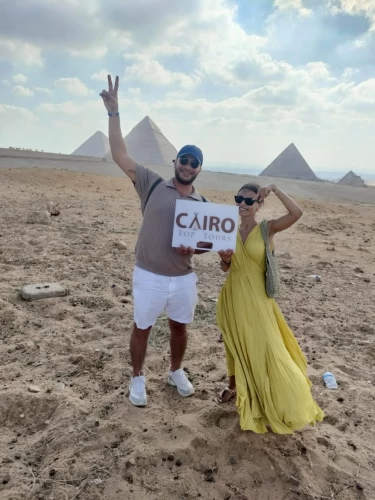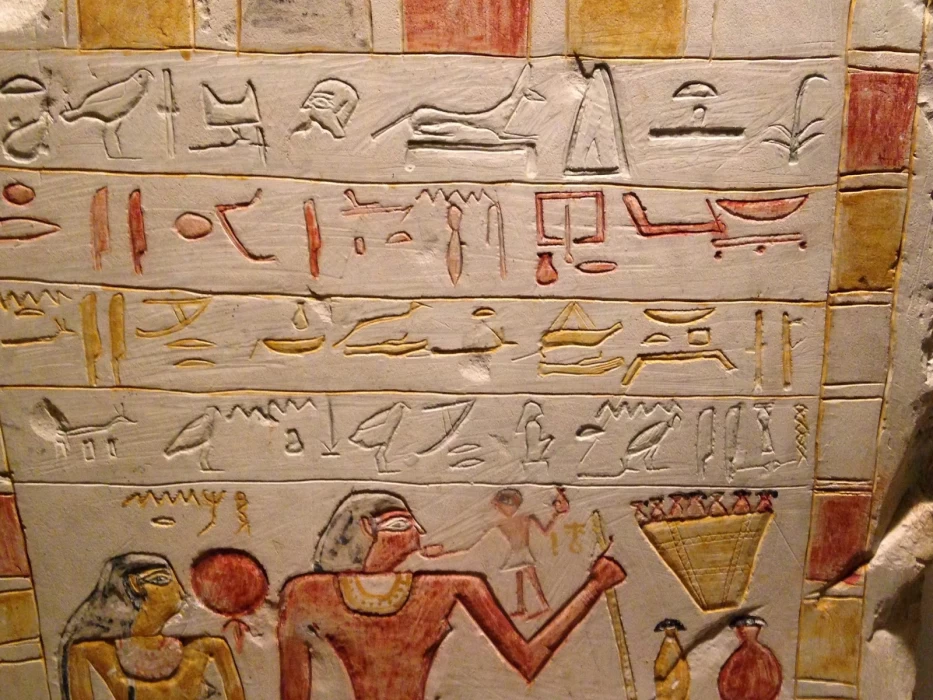
Egypt in the First Intermediate Period
Egypt in the First Intermediate Period
The first transitional period of ancient Egypt began when the centralized monarchy of the Old Kingdom weakened, as provincial governors called nomarchs became powerful, and ended when the King of Thebes controlled all of Egypt. Dating from 2160-2055 BCE, the Old Kingdom of Ancient Egypt is described as ending with the longest-ruling pharaoh in Egyptian history, Pepi II.
After construction projects in the tombs around the capital Memphis were halted, construction resumed at the end of the First Interregnum, with Menhotep II at Deir el-Bahri in Thebes. The Egyptian intermediate periods are times when the centralized government weakened and rivals seized the throne. The first transition period is often characterized as chaotic and miserable, with deteriorating art - a dark age.
During the first transition period, the cartonnage was developed. Cartonnage is a word for the plaster and colored linen that covers the face of a mummy. Earlier, only the elite were buried with specialized funerary goods, more people were buried with these specialized products. This suggests that provincial areas were able to afford non-working artisans, something that only the Pharaonic capital had done before.
By the second half of the year, there were two names competing with their kings, and the king of Thebes, King Mentuhotep II, defeated his unknown rival at Heracleopolitan.
Latest Articles
Admin
Aswan Governerate in Egypt
One of Egypt's southern governorates is Aswan Governorate. The city of Aswan serves as its capital. At a latitude of 22 north of the equator (also known as the Tropic of Cancer), it is bounded to the north by the Qena Governorate, to the east by the Red Sea Governorate, to the west by the New Valley Governorate, and to the south by the Republic of Sudan.
Admin
Luxor Governorate Egypt
The capital of the Arab Republic of Egypt is Luxor City, which was once known as "Thebes City" because it served as Egypt's capital during the Pharaonic era. It is situated in the South Upper Egypt region, approximately 670 kilometers from the capital Cairo from the south. It is bordered on the north by Qena Governorate, on the south by Aswan Governorate, on the east by Red Sea Governorate, and on the west by New Valley Governorate.
Admin
History of kafr El Sheikh Governorate
Kafr El Sheikh Governorate is an Egyptian governorate, located in the northernmost part of Egypt in the Nile Delta, with Kafr El Sheikh as its capital. It had a population of 3,172,753 in 2015 and an area of 3,748 km². Its entire area is located north of the delta and overlooks the Mediterranean Sea. The main economic activity of the residents of the governorate is agriculture and fishing, especially the southern lands of the governorate and the lands overlooking the Nile River - Rosetta Branch.
Admin
Egypt's New Administrative Capital
The New Administrative Capital is located between the Cairo-Suez and Cairo-Ain Sokhna roads, 60 km from Cairo and the same distance from Ain Sokhna and Suez. The New Administrative Capital is located on the border of Badr City, in the area between the Cairo-Suez and Cairo-Ain Sokhna roads, just after New Cairo, Mostakbal City and Madinaty.
Admin
Al Gharbia Governorate
Gharbia Governorate is one of the governorates full of archaeological sites, whether they are places or facilities (mosques, churches), as the governorate is a destination for visitors to these places throughout the year, whether they are Egyptians from the different governorates.
Admin
Hamata Islands (Qulaan Archipelago) in Marsa Alam
The Hamata area, south of Marsa Alam in the Red Sea, is one of the most important parts of the Wadi El Gemal Reserve, whether in the desert or the sea. It was named after the sorrel plant, which was distorted to Hamata.

